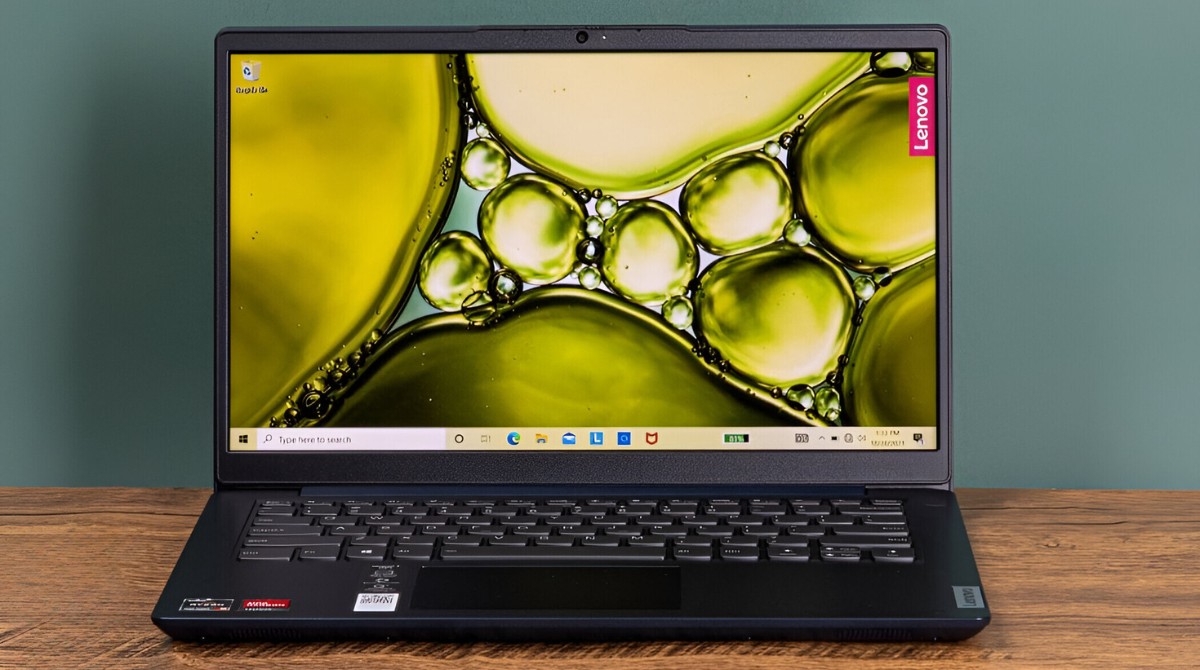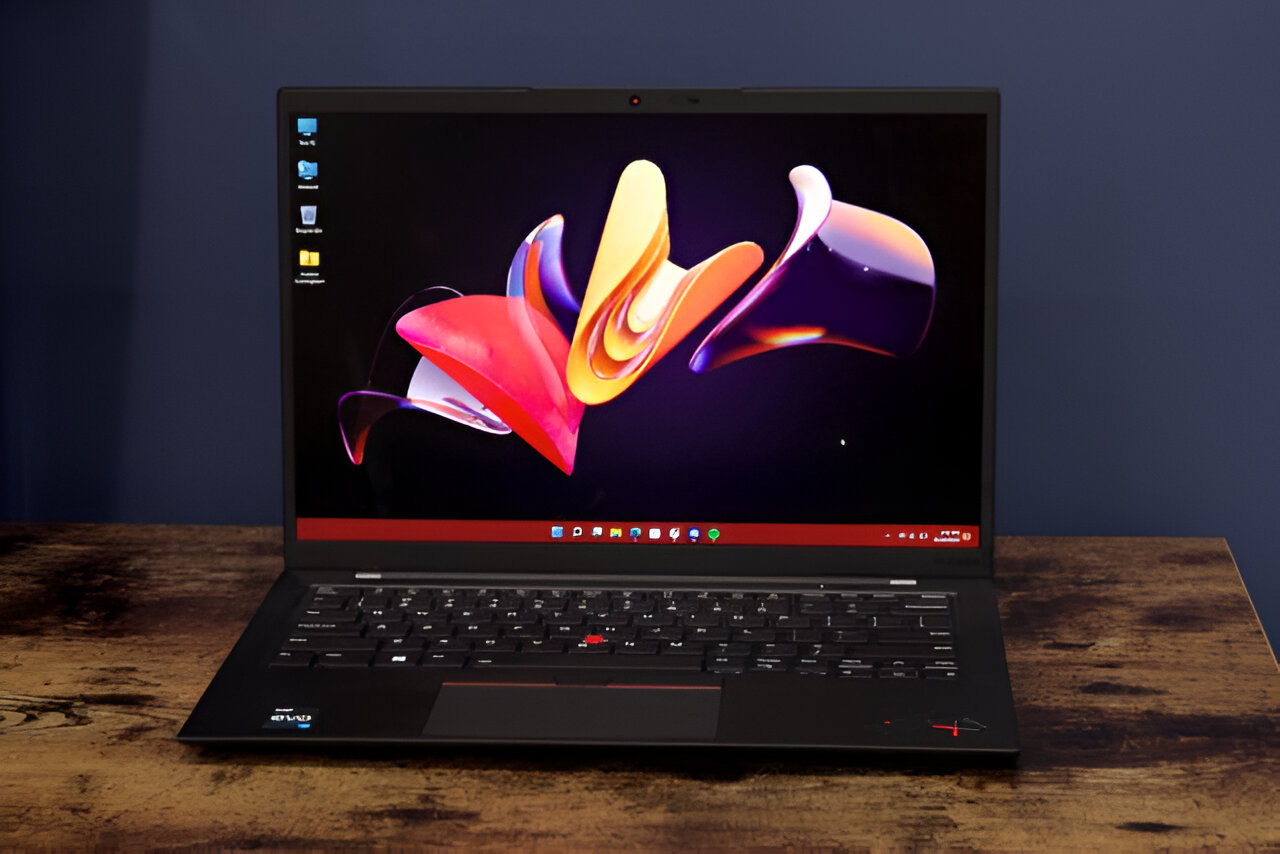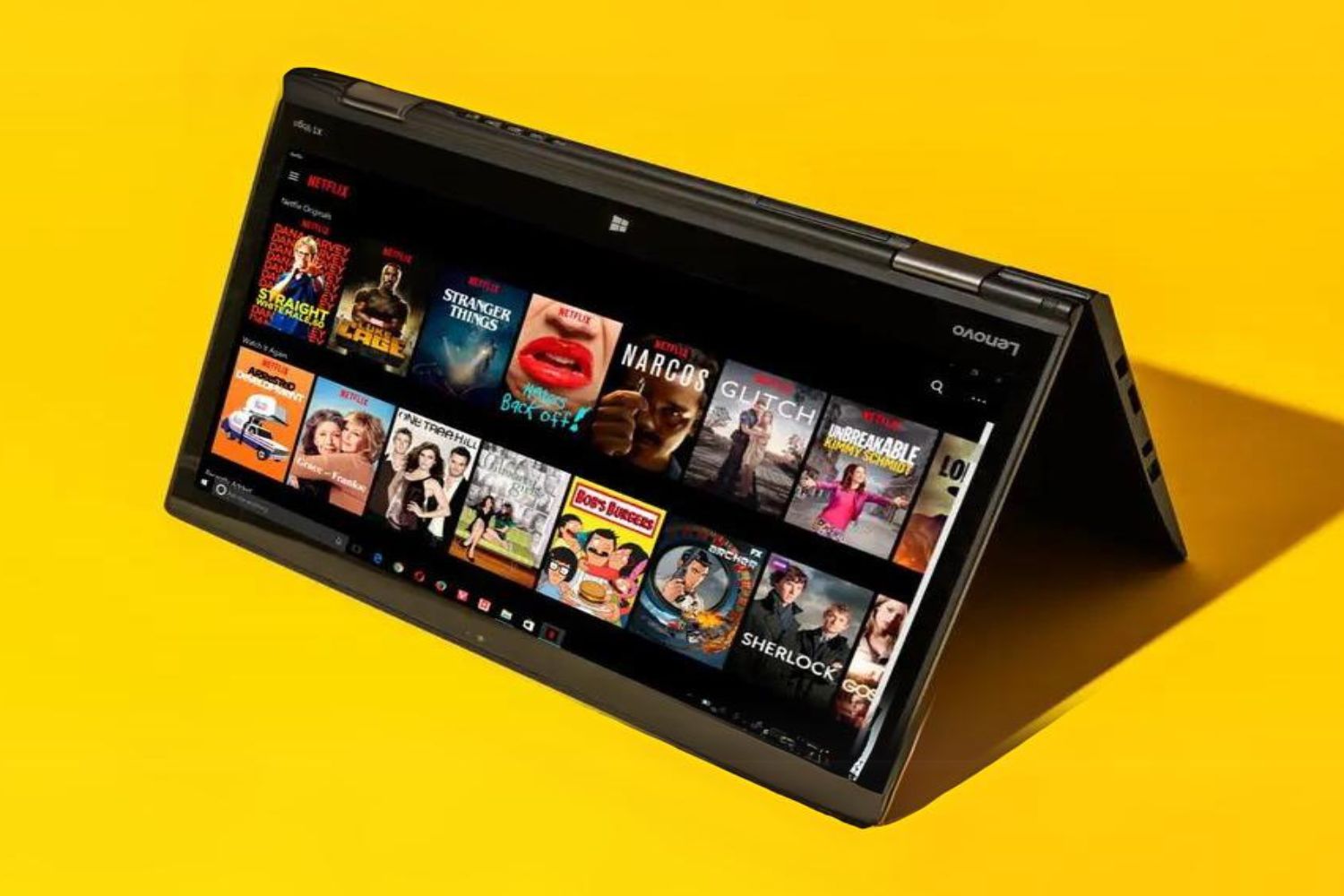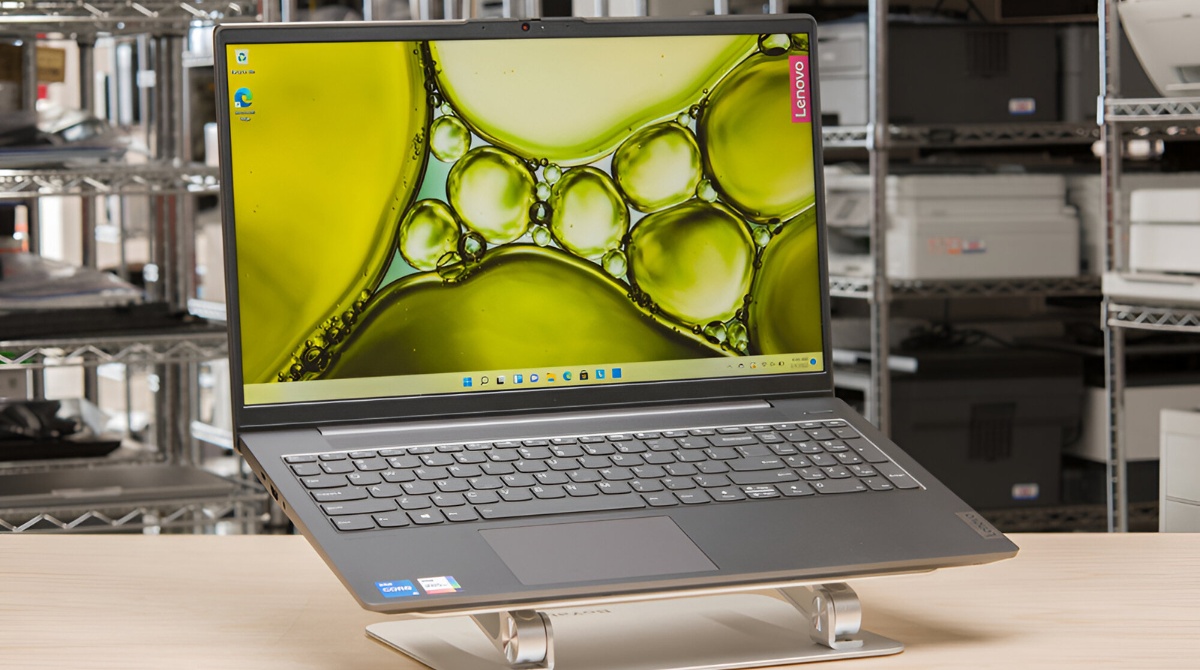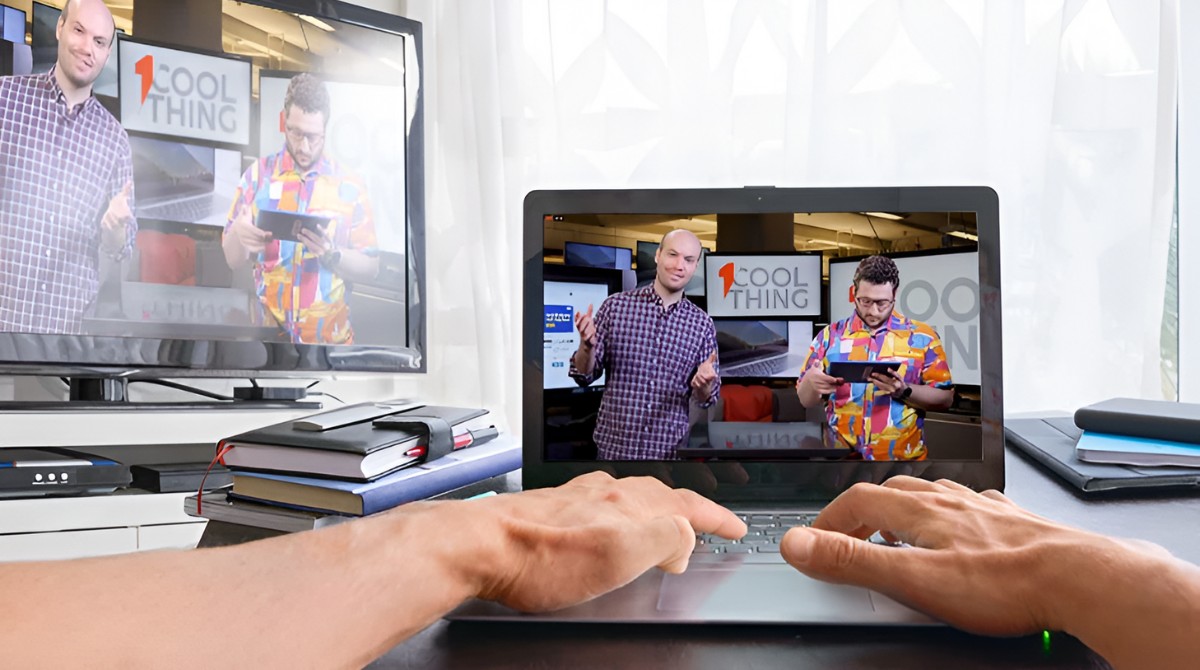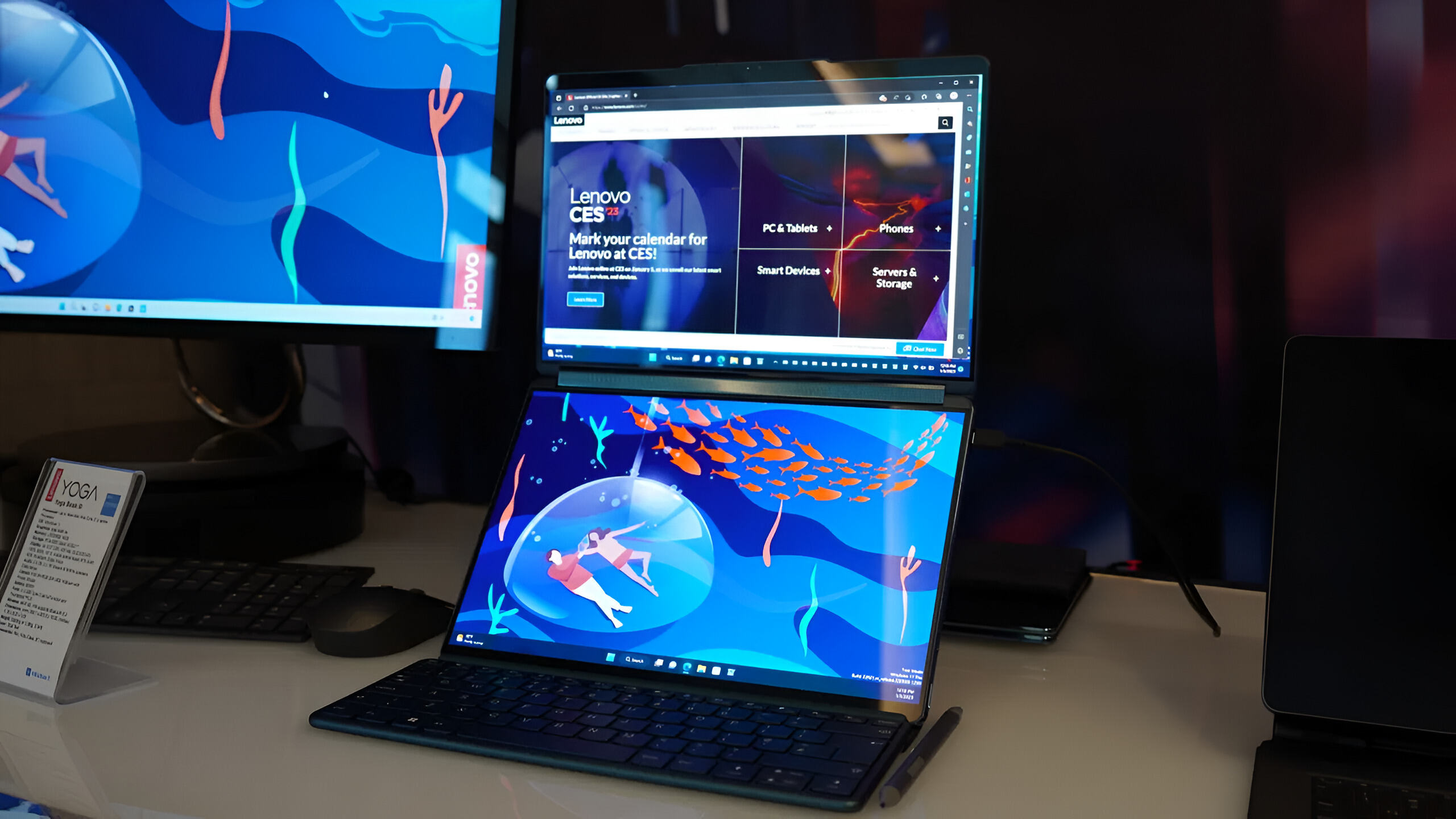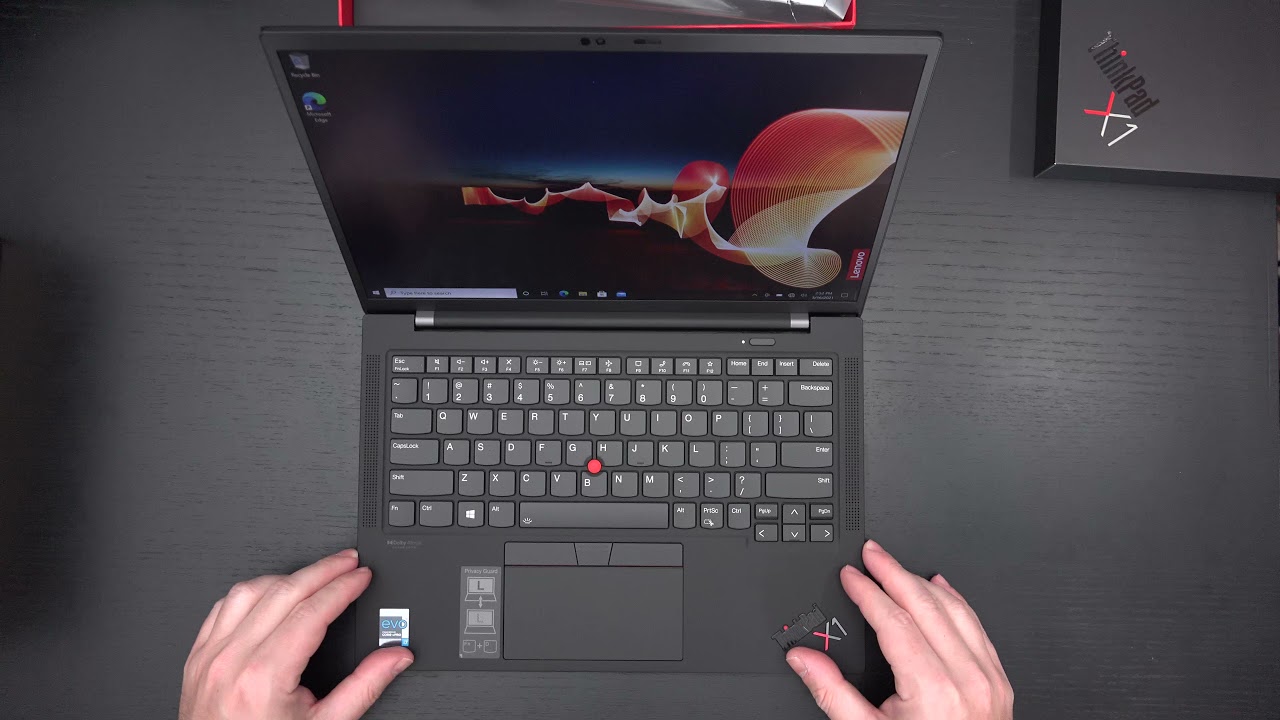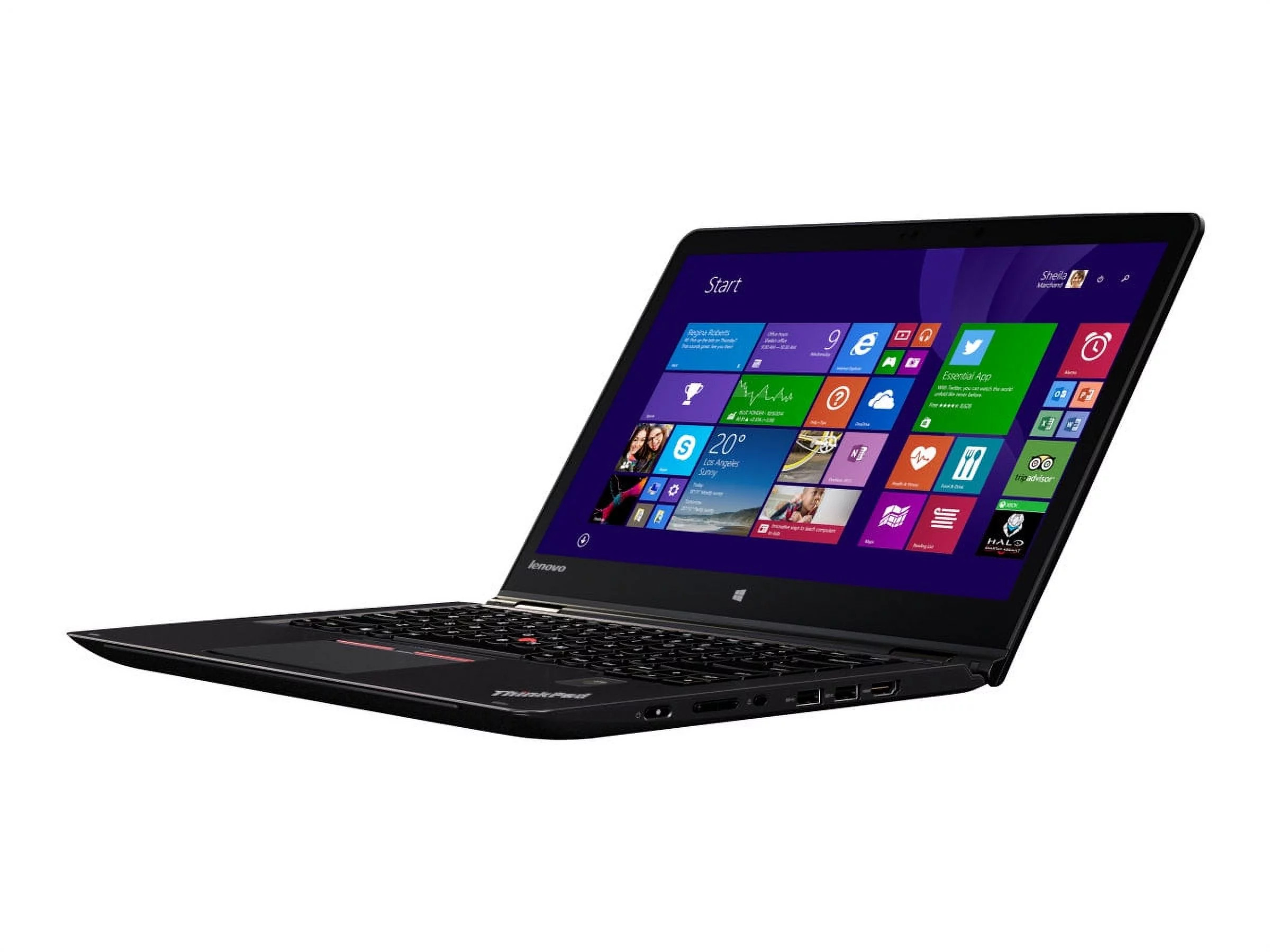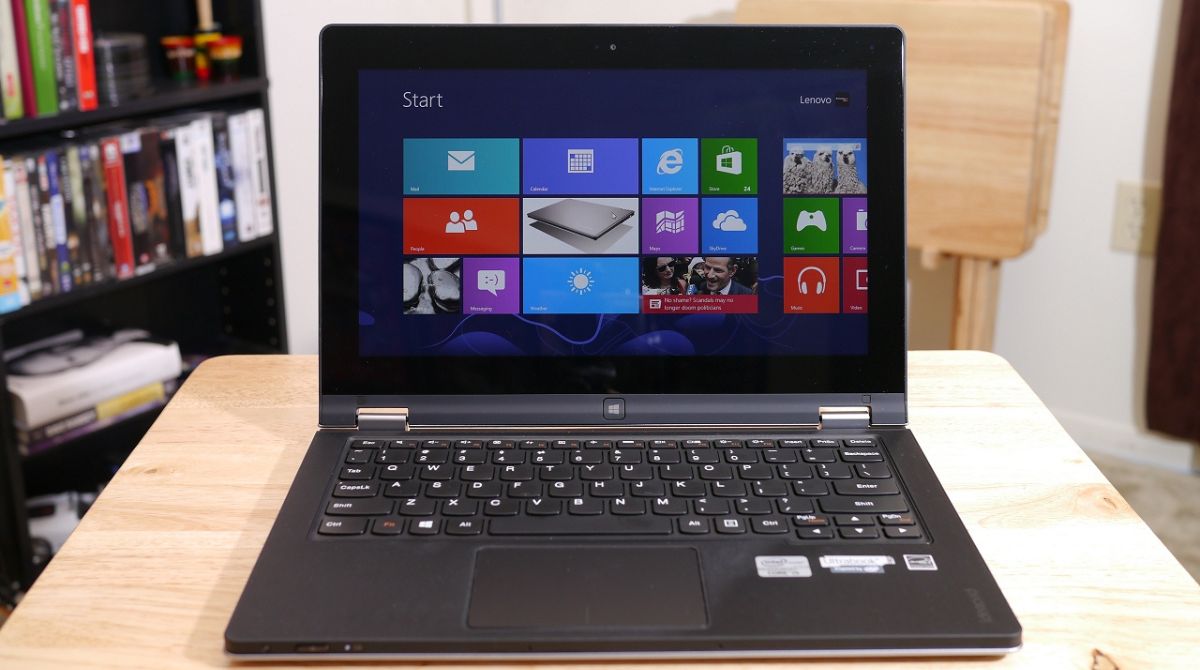Introduction
Lenovo Ultrabooks are renowned for their sleek design, portability, and impressive performance. However, one common issue that users often face is their screen turning off unexpectedly or too quickly. This can be not only frustrating but also disruptive to productivity. If you find yourself constantly having to wake up the screen of your Lenovo Ultrabook, there are several strategies you can use to keep it on.
In this article, we will explore different methods to keep the screen of your Lenovo Ultrabook from turning off automatically. We will discuss adjusting power settings, using an external mouse or keyboard, utilizing software applications, and troubleshooting common issues. By following these techniques, you can enjoy uninterrupted screen time and optimize your overall user experience.
Whether you are a student, professional, or casual user, understanding how to keep your Lenovo Ultrabook’s screen on will greatly enhance the efficiency and convenience of your work or entertainment activities. So let’s delve into the different methods and solutions and find the one that suits you best!
Please note that the specific steps provided may vary depending on the model and operating system of your Lenovo Ultrabook. It is always advisable to refer to your device’s user manual or Lenovo’s official support resources for accurate instructions.
Adjusting Power Settings
One of the first steps you can take to keep the screen of your Lenovo Ultrabook on is to adjust the power settings. By customizing the power options, you can dictate when the screen should turn off or go into sleep mode. Here’s how you can do it:
- Open the Control Panel by clicking on the Start button and searching for “Control Panel.”
- Select “Power Options” from the list of available options.
- You will see several power plans listed, such as “Balanced,” “Power Saver,” or “High Performance.” Click on the one currently selected to modify its settings.
- On the next screen, you will find options to control when the display should turn off while on battery power and when plugged in. Adjust these settings according to your preferences.
- You can also modify the “Sleep” settings to influence how long the Ultrabook stays awake before going into sleep mode.
- Once you have made your desired changes, click “Save” or “Apply” to confirm the modifications.
By customizing the power settings, you can set a longer time before the screen goes to sleep or turns off. This will prevent any interruptions during your work or activities. Additionally, you can choose to create a custom power plan with specific settings that suit your usage pattern.
It’s worth noting that adjusting power settings might affect the battery life of your Lenovo Ultrabook. If you frequently use your device on battery power, consider finding a balance between screen-on time and battery conservation.
Using External Mouse or Keyboard
An effective workaround to prevent the screen of your Lenovo Ultrabook from turning off is by using an external mouse or keyboard. When an external input device is connected, the Ultrabook recognizes activity and keeps the screen awake. Here’s how you can use this method:
- Connect an external mouse or keyboard to your Lenovo Ultrabook using the appropriate ports or wireless connection.
- Ensure that the external device is active and responsive, such as moving the mouse or pressing keys on the keyboard.
- The continuous input from the external device will signal the Ultrabook to keep the screen turned on.
This method is particularly useful when you are engaged in tasks that don’t require constant mouse or keyboard activity, such as reading or watching videos. By utilizing an external input device, you can prevent the screen from going into sleep mode or turning off automatically, allowing for uninterrupted viewing or reading.
If you prefer using a wireless mouse or keyboard, ensure that the batteries are charged, and the wireless receiver is properly connected to the Ultrabook’s USB port. This will enable smooth interaction between the external device and the Ultrabook, ensuring that the screen remains on throughout your usage.
Remember, using an external mouse or keyboard may not be a practical solution for everyone, especially when traveling or working on the go. However, it can be highly beneficial when you have a dedicated workspace or require extended screen-on time for specific tasks.
Now that we have explored using an external mouse or keyboard to keep the screen of your Lenovo Ultrabook on, let’s move on to another method that involves leveraging software applications.
Using Software Applications
Another approach to keep the screen of your Lenovo Ultrabook on is by utilizing software applications designed specifically for this purpose. These applications simulate user activity, preventing the screen from automatically turning off or going into sleep mode. Here are a few recommended applications:
- Mouse Jiggler: Mouse Jiggler is a small utility that moves the mouse cursor slightly at regular intervals, mimicking user activity. By running this application in the background, you can ensure that the screen stays awake.
- Caffeine: Caffeine is a popular software that prevents the screen from dimming or going to sleep when enabled. Simply activate Caffeine, and it will keep your Ultrabook’s screen on until you manually disable it.
- Insomnia: Insomnia is a powerful tool that allows you to temporarily disable sleep mode and keep your Lenovo Ultrabook awake for a specified period. It offers customizable settings to meet your specific requirements.
To use these software applications, follow these general steps:
- Search for the desired application on the internet and download it from a reputable source.
- Install the application on your Lenovo Ultrabook.
- Launch the application and configure its settings as per your preferences.
- Activate the application to keep the screen of your Ultrabook on.
These software applications can be useful in various scenarios, such as during presentations, while reading long documents, or when watching movies without user interaction. They provide a convenient way to ensure uninterrupted screen time, even if you are not actively using the keyboard or mouse.
Do keep in mind that when using any downloaded software, it is important to verify the authenticity and security of the application to protect your Ultrabook and personal data. Additionally, regularly updating the software will ensure compatibility and access to the latest features and improvements.
Now that we have explored the software applications to keep your Lenovo Ultrabook’s screen on, let’s move on to troubleshooting common issues that may arise.
Troubleshooting Common Issues
While adjusting power settings, using an external input device, or relying on software applications can help keep your Lenovo Ultrabook’s screen on, you may encounter common issues that interfere with this functionality. Let’s discuss some troubleshooting steps to address these issues:
- Check Power and Battery Settings: Ensure that your Ultrabook is connected to a power source and that the battery is not critically low. Insufficient power can cause the screen to turn off or go into sleep mode. If necessary, connect the Ultrabook to a power outlet or charge the battery.
- Update Graphics Drivers: Outdated or incompatible graphics drivers can lead to screen issues, including unexpected display shutdowns. Visit Lenovo’s official website or use their system update utility to download and install the latest graphics drivers for your Ultrabook.
- Disable Power-Saving Features: Some power-saving features, such as Intel’s SpeedStep or AMD’s PowerNow, can affect the screen’s behavior. Access the BIOS settings of your Ultrabook and disable these features if they are causing problems.
- Scan for Malware or Viruses: Malware and viruses can disrupt various system functionalities, including screen settings. Perform a thorough scan using reputable antivirus software to eliminate any potential threats.
- Reset Power Plan Settings: If you have customized your power plan extensively, it may be beneficial to reset it to its default settings. Open the Control Panel, navigate to “Power Options,” and select “Restore default settings for this plan.” This will revert the power settings to their original state.
- Disable Screen Savers: Screen savers can override power settings and cause the screen to turn off unexpectedly. Disable any active screen savers or set them to activate after longer periods of inactivity.
- Perform a System Restart: Sometimes, a simple system restart can resolve temporary software glitches and restore normal screen functionality.
If the above troubleshooting steps do not resolve the issue, it may be necessary to contact Lenovo’s official support channels for further assistance. They can provide specific guidance and solutions tailored to your Ultrabook model and operating system.
By following these troubleshooting steps, you can identify and address common issues that may affect the screen of your Lenovo Ultrabook. This will ensure a smooth and uninterrupted user experience.







